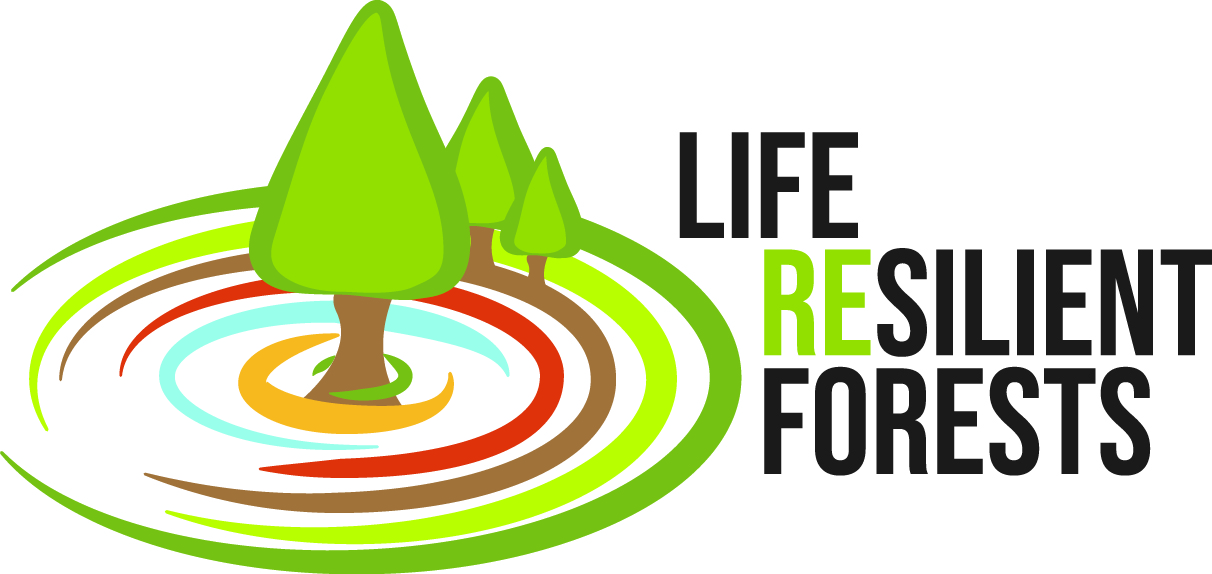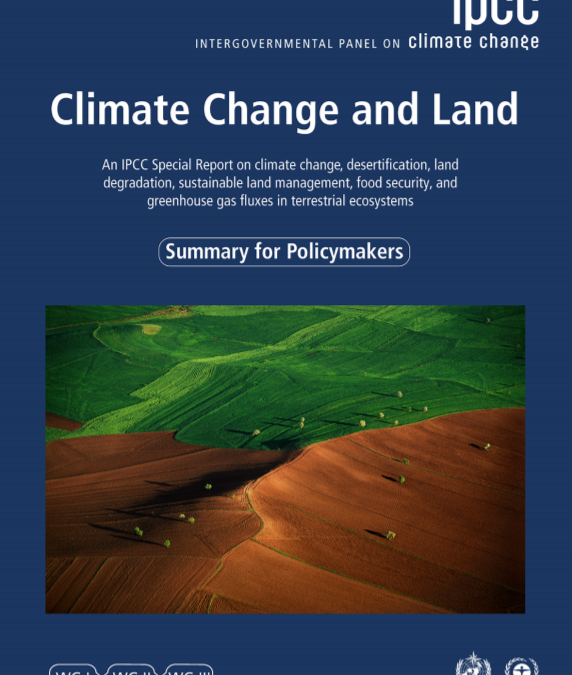The special report on Climate Change and Land released last August by the IPCC confirms that land plays an important role in the climate system and keeping global warming to well below 2ºC can be achieved only by reducing greenhouse gas emissions from all sectors, including land and food. Agriculture, forestry and other types of land use account for 23% of human greenhouse gas emissions. On the other hand, natural land processes absorb carbon dioxide equivalent to almost a third of carbon dioxide emissions from fossil fuels and industry.
Written by 107 authors from 52 countries, the report confirms that climate change has adversely impacted food security and terrestrial ecosystems, as well as contributed to desertification and land degradation in many regions. Warming has resulted in an increased frequency, intensity and duration of heat-related events. Frequency and intensity of droughts has increased in the Mediterranean region and there has been an increase in the intensity of heavy precipitation events at a global scale.
However, the report
also finds that the likelihood, intensity and
duration of many extreme events can be significantly modified by changes in
land conditions, which can affect
temperature and rainfall in regions as far as hundreds
of kilometres away. This is
particularly relevant for changes in forest cover, for
example from afforestation, reforestation and deforestation, which can
directly
affect regional surface temperature through exchanges of water and energy.
As an example, the report states that where forest cover increases, the enhanced evapotranspirationcan result in cooler days during the growing season and reduce the amplitude of heat related events. In regions with seasonal snow cover, such as boreal and some temperate, increased tree and shrub cover also has a wintertime warming influence due to reduced surface albedo.
Sustainable
forest management can contribute to climate adaptation
and reverse the impacts of climate change on land degradation
The IPCC defines sustainable forest management as the stewardship and use of forests and forest lands in a way, and at a rate, that maintains their biodiversity, productivity, regeneration capacity, vitality, and their potential to fulfill now and in the future, relevant ecological, economic and social functions at local, national and global levels. The report clearly affirms that sustainable forest management aimed at providing timber, fibre, biomass, non-timber resources and other ecosystem functions and services, can lower GHG emissions and can contribute to adaptation. Managing forests in a sustainable way can maintain or enhance forest carbon stocks and maintains forest carbon sinks. It can also prevent and reduce land degradation, maintain land productivity, and sometimes reverse the adverse impacts of climate change on land degradation. This also brings socio-economic benefits. Reducing and reversing land degradation, at scales from individual farms to entire watersheds, can provide cost effective, immediate, and long-term benefits to communities and support several Sustainable Development Goals (SDGs).
In this framework, the LIFE RESILIENT FORESTS project
promotes a replicable sustainable forest management approach at the watershed
scale, to improve forest resilience to climate change while increasing
ecosystem services and socio-economic benefits for the local communities.

